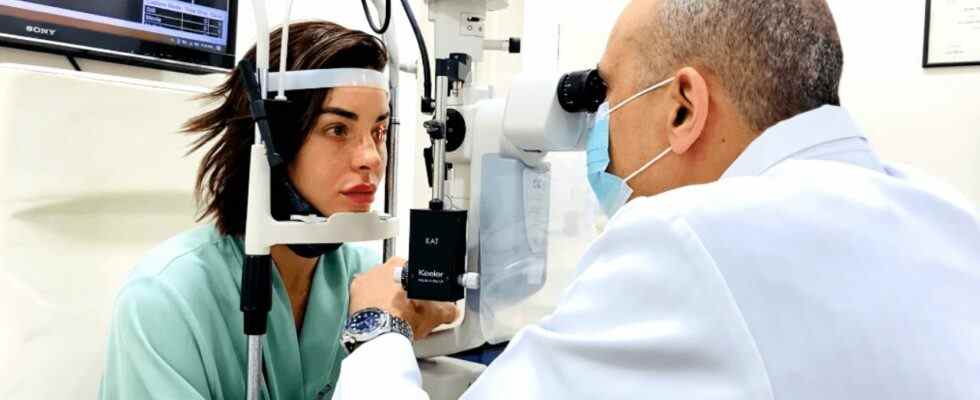Gelatin obtained from animals is used in many different areas, including the food and health sector. Scientists have produced corneal implants with collagen obtained from pig skin. Trials of the implant, which was stated to eliminate the corneal transplant problem, were successful.
The results of a pilot trial testing the implant in 20 volunteers, 14 of whom were completely blind before the experimental procedure, are published in Nature Biotechnology. It was announced that all 20 volunteers completely regained their vision and experienced no side effects after the surgery.
Corneal implant produced from collagen
It is known that more than a million people suffer from visual impairment due to the cornea each year. The cornea, which surrounds the eye and is very thin, unfortunately cannot renew itself.
People who have vision problems due to cornea can regain their health with corneas taken from donors. However, only one out of 70 people can find a donor for a corneal transplant. Millions of people waiting for a corneal transplant will be able to regain their sight thanks to the new treatment method developed.
Stating that the study has been going on for about 10 years, scientists have proven that biosynthetic corneas can replace donor corneas. The team, which had previously experimented with human collagen, explained that the implant obtained from the pig was easier to manufacture.
Biosynthetic corneas can be safely stored for almost two years, unlike those from donors. The researchers state that the implants produced are very close to the human cornea.
Commenting on the subject, Neail Lagali said, “We are happy to have developed an implant suitable for mass production and can be stored for up to two years. In this way, the vision problem of more people will be eliminated with biomaterial. I think we have taken an important step towards the problem of finding corneal tissue and other eye ailments.” made statements.

